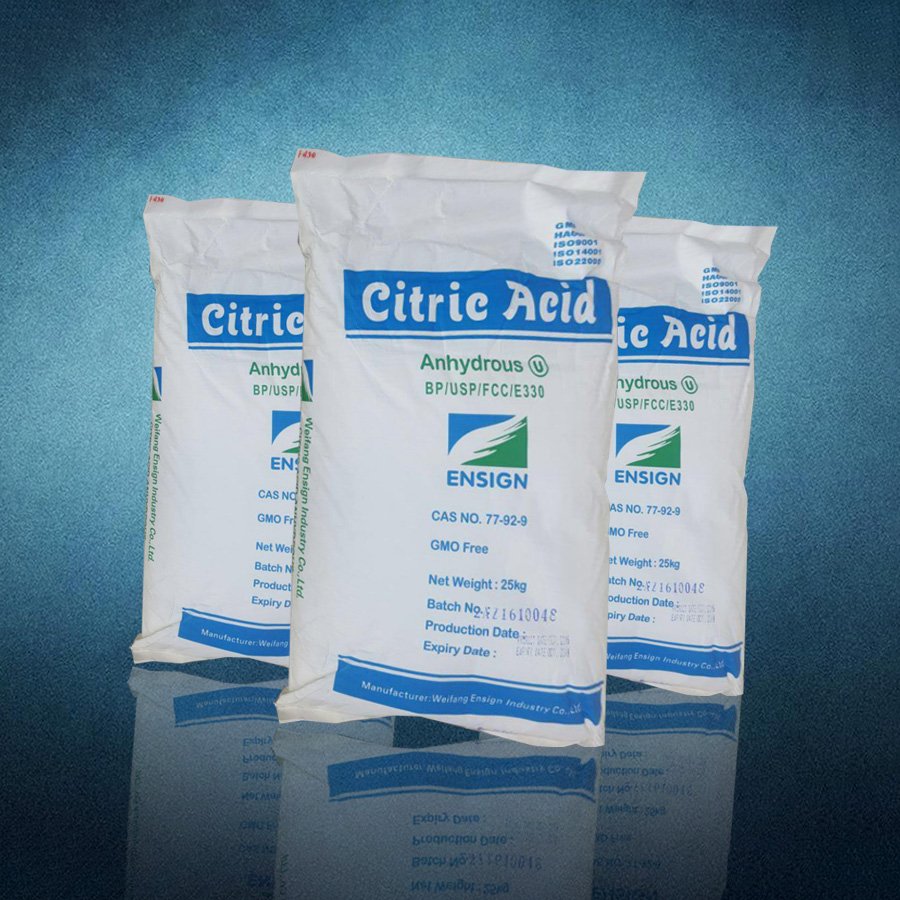Citric acid is an organic acid known by the molecular formula C₆H₈O₇, and it is available in two forms: anhydrous citric acid and hydrated citric acid. This compound appears as a solid, crystalline white powder with a melting point of 153 degrees Celsius and a boiling point of 175 degrees Celsius. It has a high acidity, and this acid is classified into two categories: anhydrous citric acid and monohydrate citric acid.
Citric acid (lemon juice) is widely used in the food industry. Its properties, such as high solubility in water, tartness, pleasant flavor enhancement, buffering capacity, and non-toxicity in large volumes, have led to its extensive application, with about 70% of this acid and its salts used in the food industry. It is employed in beverage production to provide a sour and pleasant taste, as well as to inhibit microbial activity and regulate acidity. Citric acid is also used to create fruity flavors and regulate pH in jellies, jams, and desserts.
In frozen foods, it acts as an antioxidant and preservative by regulating pH and creating salt complexes between citrates and trace metals, thereby extending the shelf life of frozen fish and seafood products. It also prevents color and flavor loss in frozen fruits due to its antioxidant properties and its ability to chelate trace metals. In canned vegetables, citric acid is used to inhibit microbial growth and reduce pH.
Additionally, citric acid is utilized in the formulation of personal care and cosmetic products to adjust the pH of metal ions in the antioxidant systems of acidic hair care detergents. In anti-dandruff shampoos, it is used at a concentration of 0.25% to 1.86% for pH regulation and to enhance brightness and clarity. The total consumption of this acid in these industries is approximately 12%.
